Physicists have achieved the first-ever real-time, 3D simulations of how intense laser beams alter the quantum vacuum — a state once assumed to be empty, but which quantum physics predicts is full of virtual electron-positron pairs.
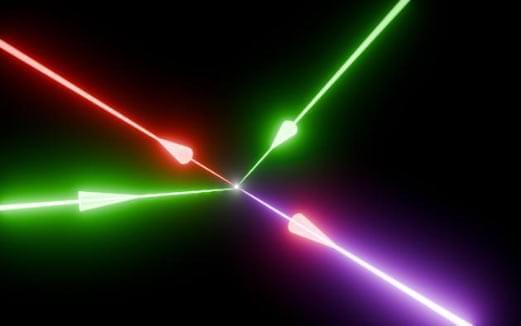

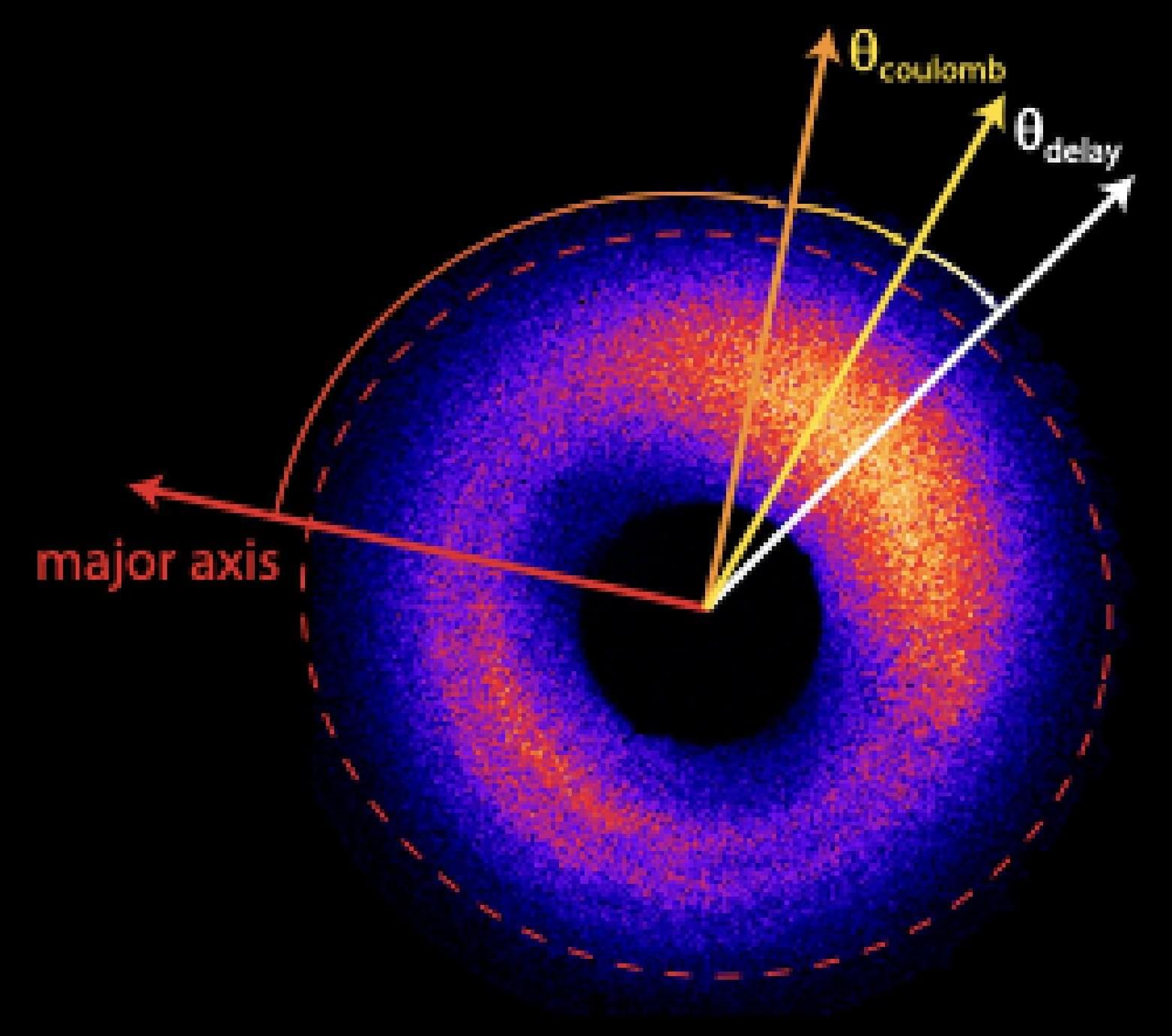
When placed under a powerful laser field (i.e., under strong-field ionization), electrons can temporarily cross the so-called quantum tunneling barrier, an energy barrier that they would typically be unable to overcome. This quantum mechanics phenomenon, known as quantum tunneling, has been the focus of numerous research studies.
Precisely measuring the exact time that an electron spends inside a quantum tunneling barrier during strong-field ionization has so far proved challenging. In recent years, physicists have developed advanced experimental tools called attoclocks, which can measure the timing of ultrafast electron dynamics and could thus help to answer this long-standing research question.
Despite their potential for measuring the tunneling time of electrons, most attoclocks developed to date have had significant limitations and have been unable to yield reliable and conclusive measurements. In a recent paper published in Physical Review Letters, researchers at Wayne State University and Sorbonne University introduced a new attoclock technique that leverages the carrier-envelope phase (CEP), the offset between the peak of a laser’s pulse’s envelope and its oscillating field, to collect more precise tunneling time measurements.
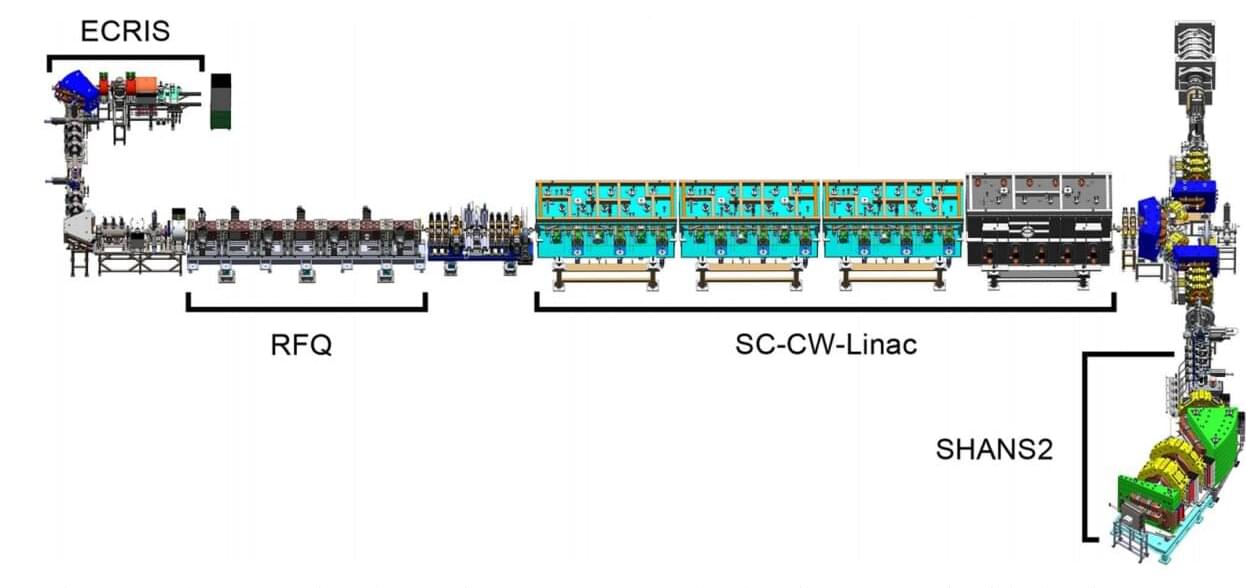
Researchers from the Institute of Modern Physics (IMP) of the Chinese Academy of Sciences and their collaborators have synthesized a new isotope—protactinium-210—for the first time. It is the most neutron-deficient isotope of protactinium synthesized to date. Their findings are published in Nature Communications.
The atomic nucleus is a quantum many-body system composed of protons and neutrons. Synthesizing and studying new nuclides is a frontier research topic in nuclear physics. Through this research, scientists can explore the limits of the existence of nuclei and deepen our understanding of the fundamental properties of matter.
Theoretical predictions suggest the existence of around 7,000 nuclides, yet only about 3,300 have been experimentally synthesized and observed so far.
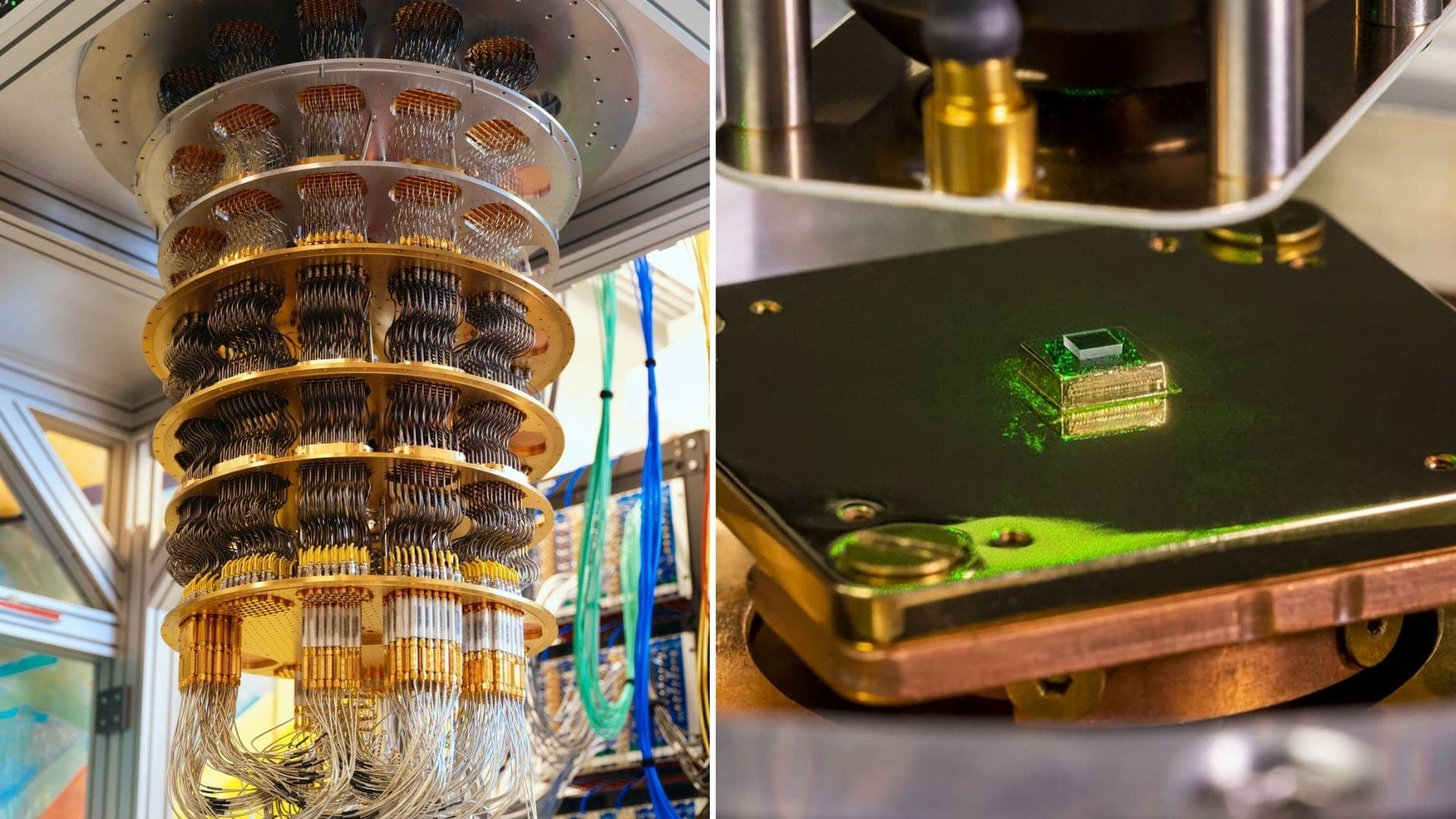
World’s first on-chip error-resistant photonic qubit signals a major leap for scalable, modular quantum computing.
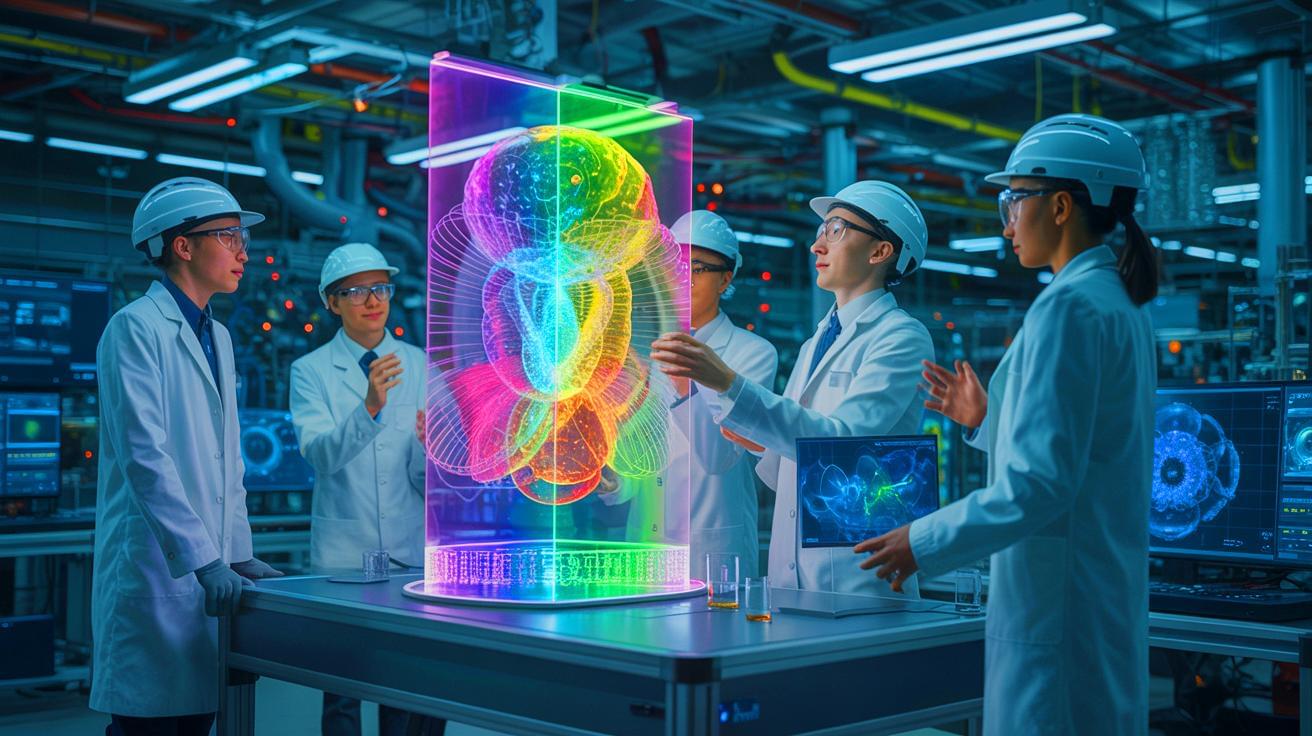
IN A NUTSHELL 🔬 Brown University engineers utilize quantum entanglement to enhance 3D holographic imaging without traditional infrared cameras. 💡 The new technique, Quantum Multi-Wavelength Holography, overcomes phase wrapping challenges to deliver high-fidelity images. 🔍 By pairing infrared and visible light photons, the method captures both intensity and phase, offering unprecedented depth resolution. 🌟 Funded
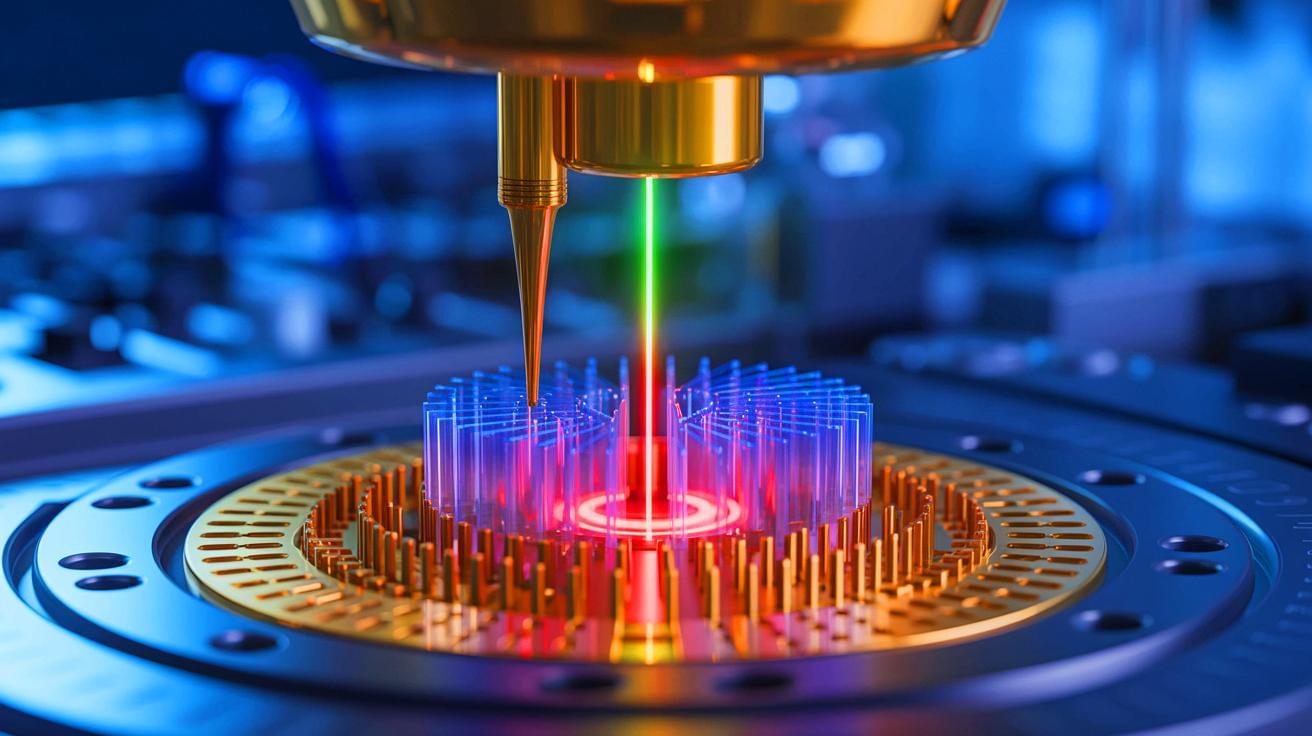
IN A NUTSHELL 🔬 Researchers have developed a groundbreaking method to convert noisy lasers into stable beams using nonlinear optical fibers and spectral filters. 📉 This innovative technique achieves noise levels 30 times lower than traditional laser beams while maintaining high intensity. 💡 The discovery enables the production of intensity-squeezed light, reducing photon variation beyond
In a global first, US scientists demonstrate quantum encryption in a live nuclear reactor using quantum key distribution approach.
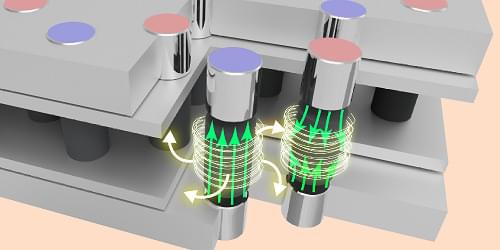
Among the crystalline materials whose edges host exotic quantum states are the Dirac semimetal and the Chern insulator. In the semimetal, the edge states are localized and not protected from perturbations by their topology; in the insulator, they move in one direction and are protected. Proposed by theorists in 2011, a hybrid phase called a Chern semimetal simultaneously hosts localized and one-way edge states, both with topological protection (see Synopsis: Quantum Hall Anomaly in 3D). Now Jianfeng Chen and Cheng-Wei Qiu at the National University of Singapore and their colleagues have realized this phase in a two-dimensional photonic metamaterial [1]. The researchers say that their system provides a platform for nanophotonic applications and a playground for topological physics.
The researchers built a honeycomb-shaped, single-layer array of millimeter-sized magnetic rods. They then applied a carefully tuned, spatially varying magnetic field to this array, creating a pattern in which only specific rods were magnetized. Lastly, they placed a source of microwaves at the array’s boundary and observed how the microwave radiation traveled through the structure. The team found that the magnetization pattern caused some radiation to localize at the array’s boundary and other radiation to move in one direction around the boundary. All these edge states were topologically protected in that they were immune to scattering caused by slight differences in the alignment, shape, and size of the rods and other material imperfections.
Thanks to the coexistence and potential hybridization of localized and one-way states, a photonic Chern semimetal can reduce the speed of transmitted radiation. The researchers found that their metamaterial exhibited a slowdown factor of up to 30 while preserving the radiation’s topological protection. They say that this capability could be useful for nanophotonic technology.
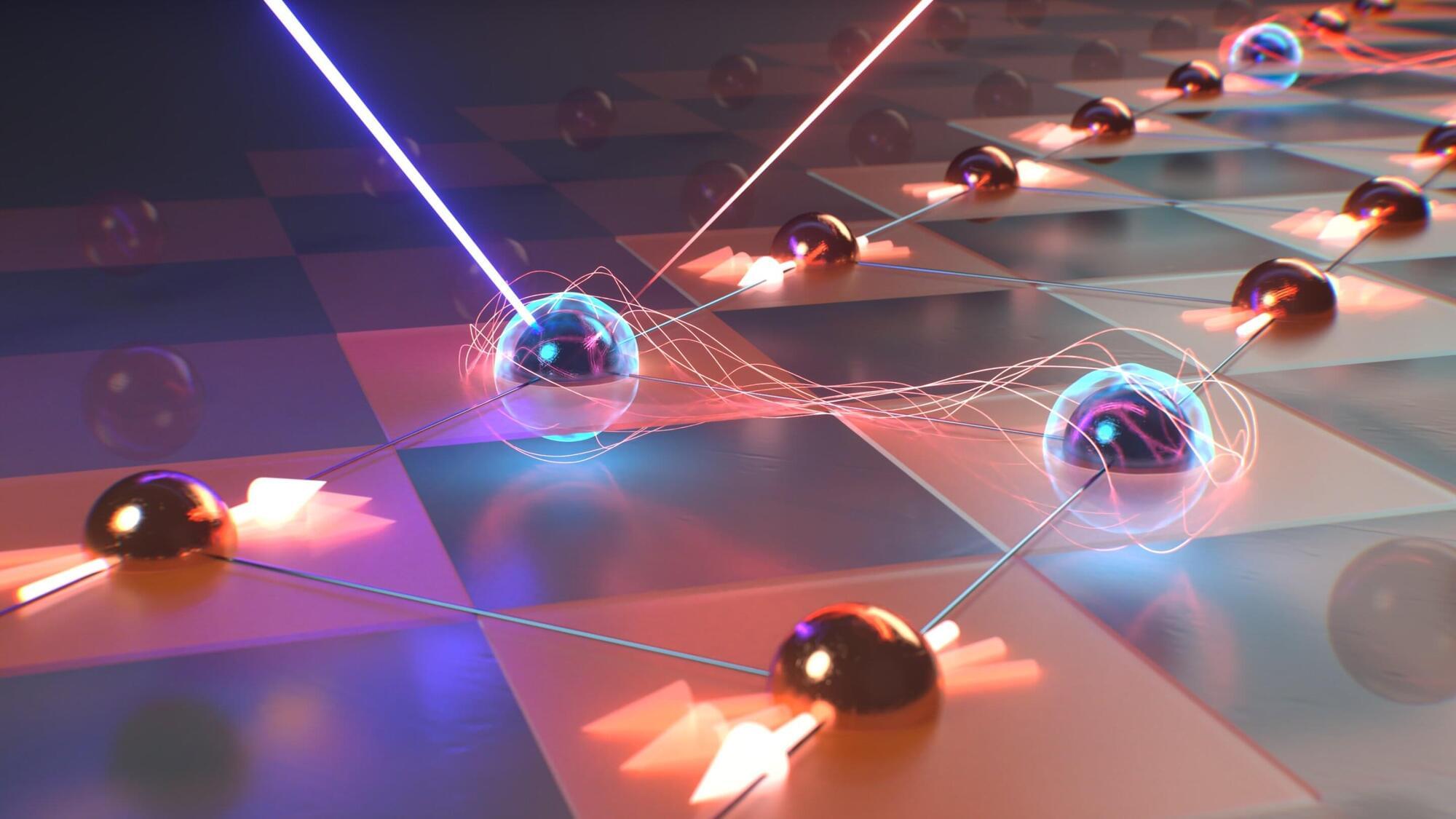
Quantum materials exhibit remarkable emergent properties when they are excited by external sources. However, these excited states decay rapidly once the excitation is removed, limiting their practical applications.
A team of researchers from Harvard University and the Paul Scherrer Institute PSI have now demonstrated an approach to stabilize these fleeting states and probe their quantum behavior using bright X-ray flashes from the X-ray free electron laser SwissFEL at PSI. The findings are published in the journal Nature Materials.
Some materials exhibit fascinating quantum properties that can lead to transformative technologies, from lossless electronics to high-capacity batteries. However, when these materials are in their natural state, these properties remain hidden, and scientists need to gently ask for them to pop up.